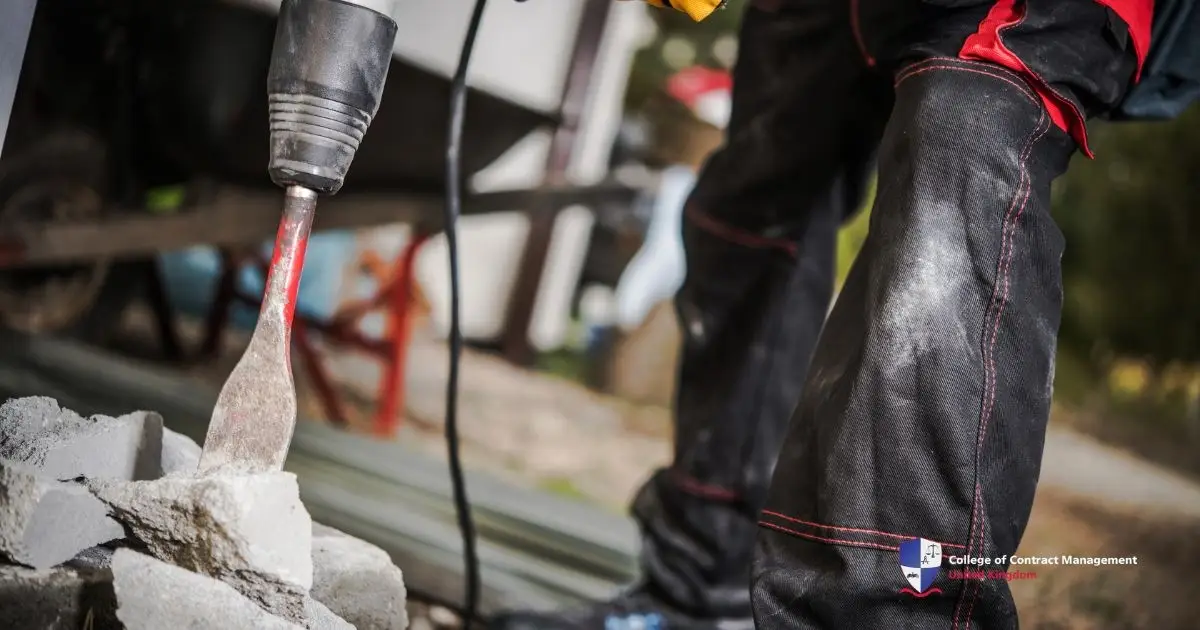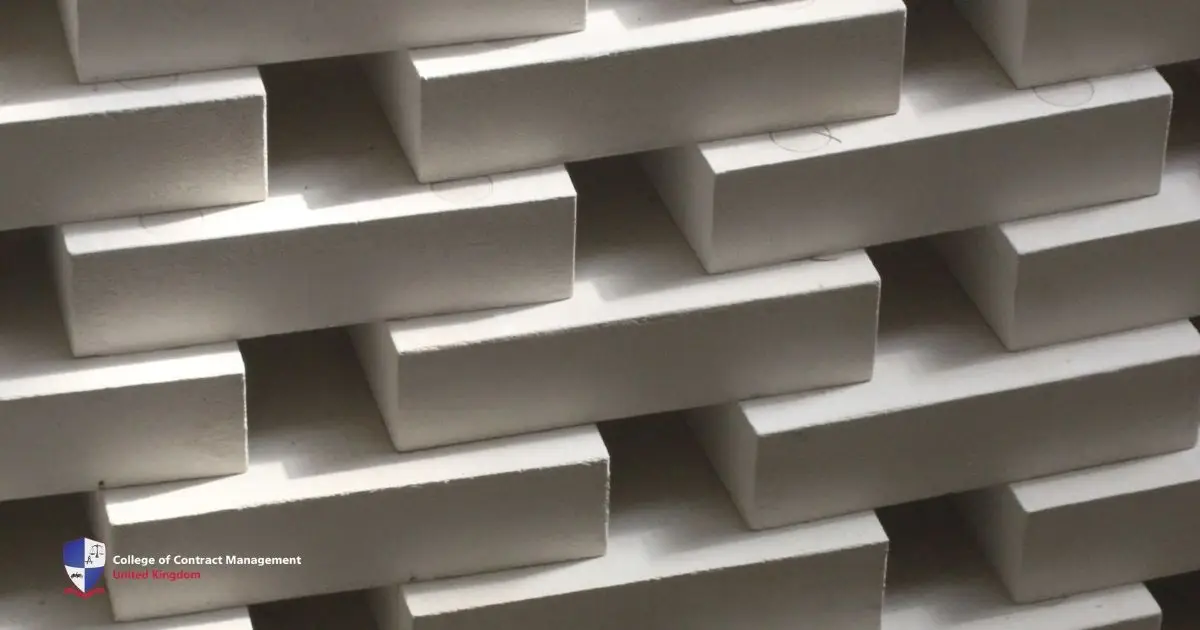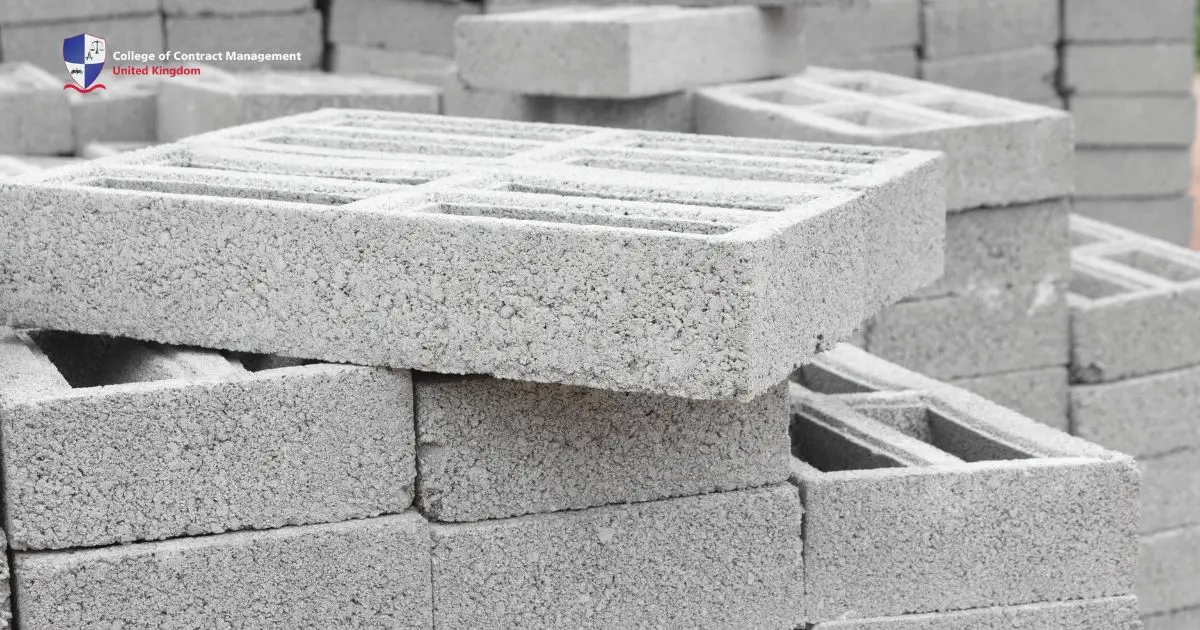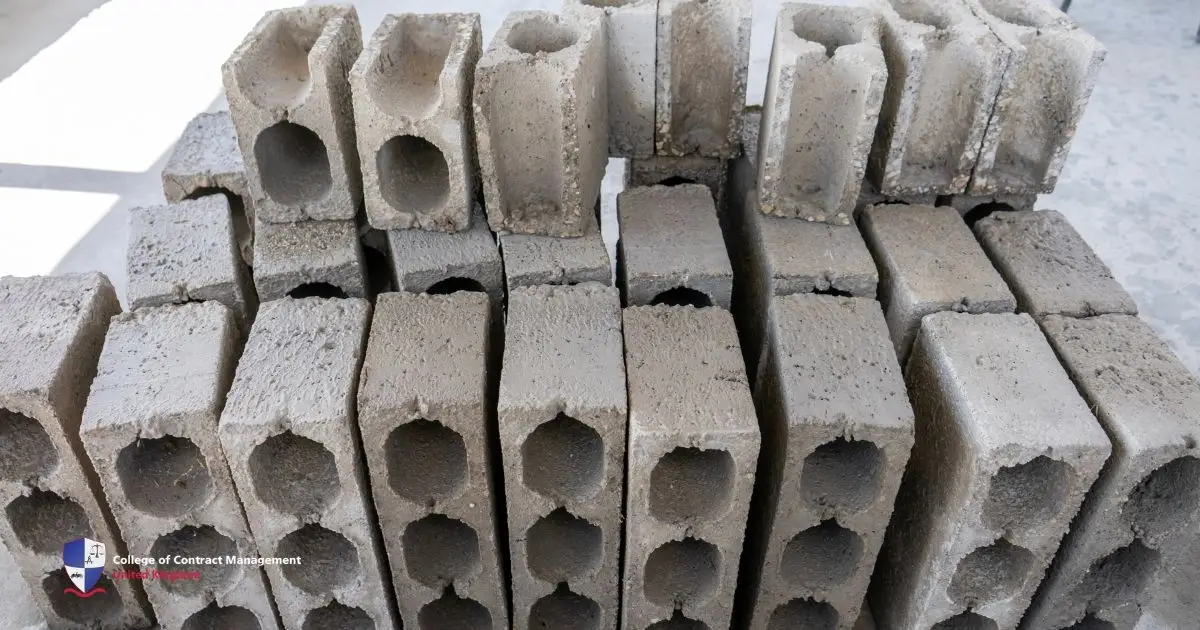Operating a concrete breaker can be tough and risky. Workers often face dangers like flying debris, strong vibrations, and harmful dust. However, those are just a few dangers that can cause serious injuries if you're not careful. Therefore, it's important to keep safety in mind every day. By knowing the risks and following simple safety rules, you can stay safe and get the job done well.
This article provides safety tips every breaker machine operator should know. We’ll explain the types and how to use the tool correctly. Besides, we’ll discuss ways to avoid danger and the importance of training. In the end, these tips will help you work safely and effectively. Let’s get into the writing!
What is a concrete breaker?
A concrete breaker is a heavy-duty tool to break up solid surfaces like concrete, brick, or stone. It works by delivering strong impacts that crack and split the material. As a result, the concrete is easier to remove. Workers usually use this tool for construction and demolition projects. For instance, when workers need to clear old concrete before building new structures. In other words, using this tool helps speed up the process of breaking down hard materials.
In contrast to manual tools like sledgehammers, using concrete breakers saves time and effort. It allows workers to complete tough jobs more efficiently and with less strain on their bodies. Besides, it can quickly handle tasks that would take a long time. Ultimately, concrete breakers play an essential role on any job site that involves removing or reshaping solid materials.
Types of concrete breaker for construction
When breaking tough surfaces like concrete, having the right tool is essential. With this in mind, a concrete breaker helps workers to do the job. What makes it more interesting is that this tool comes in different types. Workers use each type of breaker for each job. Some are light-duty for small jobs, while others are heavy-duty for larger sites. Therefore, using the right type helps improve safety and work speed.
In construction, choosing the right breaker depends on the job. Workers need to consider the size of the project and the material thickness. In addition to that, each type has its own features and benefits. In the next section, we will look at each type and when to use them.
Hydraulic breakers
A hydraulic concrete breaker or hydraulic hammer is one of powerful tools in construction. Workers usually attach this tool to machines like excavators or backhoes. In general, this tool uses hydraulic pressure to create strong repetitive blows. This makes them perfect for breaking thick or reinforced concrete. Besides, workers usually use this tool in projects such as roadworks, building foundations, and bridge removal. In short, its high-impact force helps tackle tough jobs quickly and correctly.
Pneumatic breakers
Pneumatic breakers use compressed air for power. This type of concrete breaker is also popular on construction sites and in industrial work. These tools are strong and steady. Compared to other options, pneumatic breakers are usually heavier and louder. However, they work well in places where electric tools cannot be used. Instead, they are ideal for medium to heavy jobs like breaking pavement or working in mines.
Electric breakers
Electric breakers are handheld power tools for demolition and drilling. This concrete breaker runs on electricity, so it's ideal for indoor use and small to medium jobs. There are two main types of electric breakers. These include demolition hammers and rotary hammers. Rotary hammers can both drill and break materials, offering more versatility. These tools are lightweight, easy to handle, and create less noise and fumes. Because of this, they are a great choice for use in homes or other enclosed spaces.
Petrol-powered breakers
In contrast with electric breakers, petrol-powered breakers use gasoline engines. They don’t need cables, compressors, or hydraulic lines. This gives you full freedom to move. Aside from that, they are ideal for outdoor work in remote places. This is because these locations often lack electricity or compressed air. Although petrol breakers are heavier and noisier than other types, they work well for road repairs and field jobs.
Manual breakers
Manual breakers, like sledge hammers and chisels, use human strength. This concrete breaker works well in small or hard-to-reach areas. What makes it more special is it does not need electricity or fuel. Although it needs more effort, it's affordable and easy to carry. Therefore, they are ideal for light demolition jobs like breaking small sections of concrete.
The importance of breaking concrete safely
In construction, workers must operate the concrete breaker safely. This precaution helps to stop injuries, damage, and harm to the environment. For instance, using the right tools and safety gear helps reduce risks from dust, flying bits, and noise. It also keeps the project on track and follows safety rules. In short, safe concrete breaking protects people, saves time, and keeps the site clean and secure. Here are the key reasons why safety is so important when breaking concrete:
- Protect Workers from Injury: Concrete demolition can involve heavy tools, flying debris, dust, and noise. Without proper safety, workers are at risk of injuries. With this in mind, protective gear like helmets, masks, and ear protection is essential when using a concrete breaker.
- Preventing Structural Damage: Breaking concrete the wrong way can damage nearby buildings or foundations. In some cases, parts of a building might fall down. As a result, this may lead to expensive fixes. Therefore, using safe and planned methods helps target only the areas that need work.
- Environmental Responsibility: Concrete dust and debris can pollute water and soil if not handled well. For this reason, spraying water and containing debris while using a concrete breaker can reduce environmental impact.
- Compliance with Legal and Safety Regulations: Construction and demolition work must follow safety rules set by HSE. If workers break the rules of using a concrete breaker, it can lead to problems. For instance, fines, legal trouble, or even closing the site.
- Maintaining Project Efficiency: Accidents, injuries, or damage can slow down a project. With this in mind, using safe methods helps the work go smoothly. This reduces delays and keeps the project on time and within budget.
How to use concrete breakers safely
Using a concrete breaker requires careful attention to safety. This is because of the tool's power and the potential hazards that exist. Before working with this tool, you must prepare yourself well. For instance, wearing protective equipment, checking the tools, and ensuring the work area is clear. By following these, you can reduce risks and work efficiently. Here are the details:
- Personal Protective Equipment (PPE): Before using a concrete breaker, equip yourself with the safety gear. In this case, you must wear safety goggles to protect your eyes from flying debris. In addition to that, wear earmuffs to shield your ears from loud noise. To avoid inhaling harmful concrete dust, wearing a respirator is important.
- Preparation Before Use: Aside from using PPE, ensure the area is clear of debris and obstacles. Check for underground utilities beneath the concrete. After that, check the breaker and secure all components. To minimise airborne dust, use a wet-cutting method or attach a dust extraction system.
- Operating the Breaker: To use the concrete breaker, place it at a slight angle (around 22 degrees) to the surface. Apply light pressure and allow the tool to do the work. Ensure to work in small sections, then move 2–3 inches at a time. If the breaker isn't penetrating after 15–30 seconds, stop and move to a new spot.
- Post-Operation Steps: After using the breaker, turn it off and let it completely stop. Then, remove broken concrete pieces promptly to maintain a safe working environment. Check the breaker for any signs of wear or damage after use. Finally, dispose of the concrete rubble according to local recycling regulations.
Training in using machinery for construction
Training in construction machinery, like a concrete breaker, is very important. In general, it keeps workers safe, makes work faster, and ensures they follow legal rules. Without proper training, accidents can happen. On the other hand, good training teaches safety steps, how to spot dangers, and how to act in emergencies. This helps create a safety-first attitude among workers.
In the UK, laws like PUWER and LOLER require proper training for using work equipment. With this in mind, training ensures operators understand these laws. Certificates like the CPCS card can help people get jobs and promotions. Besides, regular training updates keep people informed about new safety rules and technology.
Training also makes working with a concrete breaker more efficient and keeps the machines lasting longer. In this case, skilled operators can do tasks correctly. They can also do basic maintenance and find problems early, which saves money on repairs. This leads to faster projects and better profits for companies.
Conclusion
In conclusion, a concrete breaker is an important tool that helps workers break hard materials. Instead of using manual tools like sledgehammers, this tool saves more time and effort. However, using them safely is just as important as using them well. Workers must wear safety gear, check the tool, and follow basic safety steps to stop injuries and delays. On the other hand, learning how to use the breaker the right way is also very important. In short, concrete breakers are very useful and help workers finish their jobs with better results.
If you're interested in learning about construction machinery, the College of Contract Management offers such courses. Their programmes cover various aspects of construction. Besides, they also offer courses in different industry areas. Whether you're starting your career or looking to upskill, the College provides support to help you succeed in the industry. Enrol today and take the first step toward a successful career.





